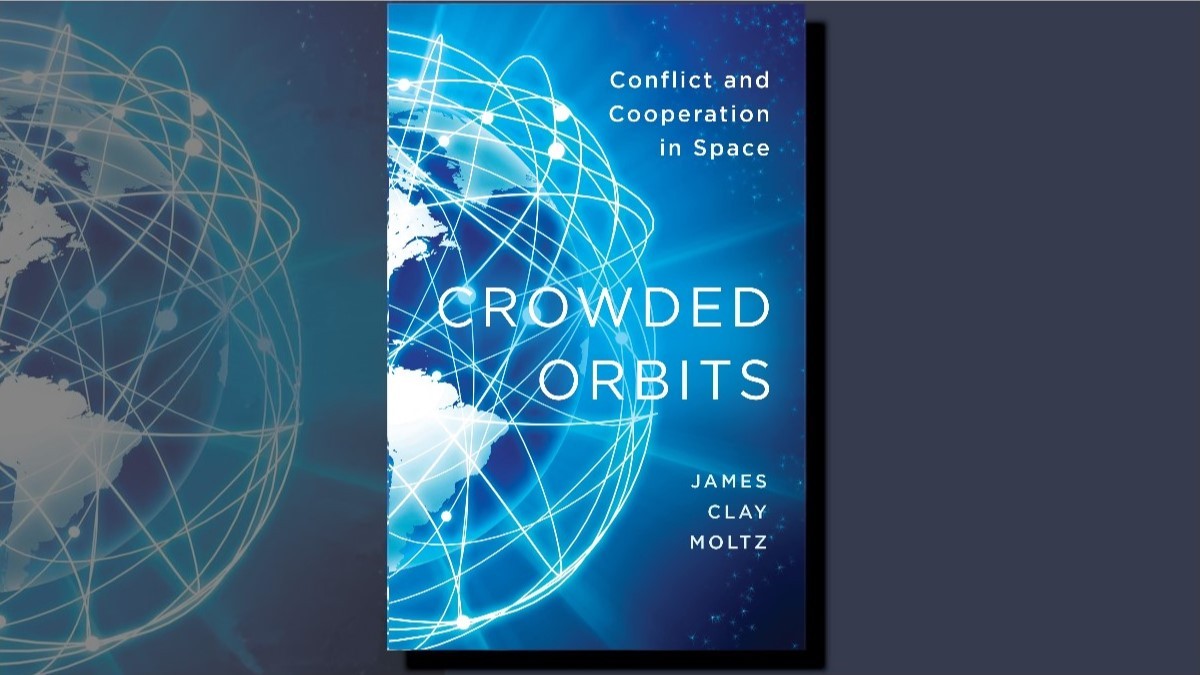Health as a Strategy in ADF Train, Advise and Assist Missions
Introduction
Since 2017, measles outbreaks have been surging around the globe, with many Indo-Pacific nations experiencing disease outbreaks due to low vaccination rates[i]. A targeted vaccination program provides opportunities for the Australian Defence Force (ADF) to supplement its traditional train, advise and assist missions with a low-risk and cost-effective public health intervention while delivering a strategic deterrent effect within our region.
Measles vaccinations provide a legitimate reason for the ADF to visit multiple communities with small teams, build key relationships, access remote strategic sites, and passively gather intelligence on areas of interest, such as infrastructure while assisting the host nation’s health services to prevent a deadly disease.
Why Measles?
In April 2023, the World Health Organisation (WHO) reported 2161 cases of measles in 18 Indonesian provinces, which is a significant increase from previous years. This correlates to a recent drop in measles vaccination rates from 65% of the population in 2020, to 59% in 2021[ii]. From a global perspective, the following infographic[iii] shows the low measles containing vaccinations (MCV) rates in the Indo-Pacific region and highlights the populations’ vulnerability to the disease when compared to that of more developed nations, predominantly in the northern hemisphere.
Measles is a highly contagious virus transmitted from person to person via airborne particles or droplets on the skin. Measles during pregnancy can result in miscarriage and premature delivery. Encephalitis occurs in 10% of cases, potentially resulting in a permanent loss of hearing, vision, cognitive function or death[iv]. Measles is responsible for over 90,000 deaths a year globally. 87% of these deaths are children under the age of five[iii]. When children are unwell with a disease, parents must take time off work to care for their family. This may affect the caregiver’s capacity to financially support their family and the child’s education.
Measles infections are preventable. The provision of two doses of a MCV, given four weeks apart provides life-long immunity in 99% of cases. This life-saving vaccine is given as a combination vaccination in Australia, as the measles, mumps and rubella (MMR) or measles, mumps, rubella and varicella (MMRV), to children from one year of age[v]. Each vaccine costs $40 AUD and could potentially be sourced through the host nation’s health care system for less[vi]. When most of a population is vaccinated, a virus is unlikely to find a vulnerable target to infect. This indirect protection is called ‘herd immunity’. The measles virus achieves this with a community vaccination coverage of 95%v.
Why the ADF?
ADF medical teams specialise in achieving health effects in austere environments and are well-positioned to provide MCV programs to geographically isolated areas, reducing a community’s vulnerability to a measles outbreak[i].
A small mobile vaccination team could access remote communities, that may be closed to other elements of military-based train, advise and assist missions, to provide vaccinations to populations who do not have access to health centres. This activity would allow the ADF to access geostrategic areas that could be utilised to support Australia’s sea lines of communication and deter any offensive military action[vii].
ADF assistance to regional vaccination efforts would reduce the financial burden on the host nations’ healthcare budgets by supplementing the cost of transport, vaccination cold-chain and healthcare professionals. Opportunities for relationship-building would exist between ADF participants, non-government organisations (NGO’s) and members of local communities who would inevitably provide translators, drivers, and program promoters. The local government could gain popularity and support from the community for meeting its healthcare needs and preventing measles outbreaks. Further, Australia’s regional influence may improve and passive intelligence-gathering opportunities would be provided in areas of interest, such as terrain and infrastructure.
Where is the evidence?
Health planning should always be SMART, which is a mnemonic acronym for a popular goal-setting tool, S – Specific, M-Measurable, A-Attainable, R-realistic, T-timely.
S – Specific - Interventions need to be targeted, controlled and sustainable. For example, the eradication of the smallpox virus, which is estimated to be responsible for 300 million deaths globally[viii], was achieved with small groups of dedicated people travelling to remote locations to provide vaccination and isolation advice. A little-known fact is that this amazing medical feat was only achieved after the original World Health Organisation (WHO) smallpox and measles program was reduced to focus on the deadlier disease at the time, smallpox[ix]. By targeting measles vaccination, the ADF’s logistical and administrative burden will be circumscribed but the health benefits to the community will be extensive.
M – Measurable – Measurable outcomes, or mission statements, allow the ADF to show tangible evidence to host nation leaders on the benefit that the ADF can provide to their nation with an MCV program. Specific outcomes can be identified, such as ‘800 vaccinations to be given to children between the ages of three and fifteen years or ‘80% of school-age children in a defined geographic area to be vaccinated’. MCV programs can also be measured fiscally, with individual vaccinations providing a cost/per person value.
A – Attainable – Communities suitable for the measles vaccination program would be identified utilising health intelligence and a combination of demographical and infrastructure data, terrain analysis and consideration of Australia’s strategic needs.
R – Realistic – Vaccinations are portable, easily transported to remote locations, and able to be rapidly administered to large groups, with minimal equipment and no need for a continuous medical presence. This program would allow an ADF team to be physically present in multiple locations and would ensure that valuable ADF assets are not overcommitted to a continuous presence within a single host-nation community.
T – Timely – Interventions need to have defined timeframes to allow for resource planning. A MCV program is an ideal intervention platform as the timeframes are predefined and allow for any questions that arise from the first visit to be addressed during the second vaccination session four weeks later.
Conclusion
The ADF could gain considerable benefit from a MCV program being included as part of a train, advise and assist mission. The Indo-Pacific nations are Australia’s enduring strategic partners and geographical neighbours. An ADF-led immunisation program could show that Australia is committed to these nation’s well-being, including their protection against a deadly disease. By providing health support to remote communities within Indo-Pacific nations, Australia will have a physical presence that may act as a strategic deterrent to other regional players, while protecting and securing our northern borders.
This article is a submission to the Winter Series 2023 Short Writing Competition, 'Army’s Role in Train, Advise and Assist Missions'.
[i] The World Health Organization. Strengthening Pacific health systems. Western Pacific 2022 7/9/2022]; Available from: https://www.who.int/westernpacific/activities/strengthening-pacific-health-systems.
[ii] The World Health Organization. Measles - Indonesia. 2023 28/6/2023]; Available from: https://www.who.int/emergencies/disease-outbreak-news/item/2023-DON462.
[iii] Vanderslott, S., Dattani, S., Spooner, F., & Roser, M.,. Vaccination. Our World In Data [cited 2023 28/6/2023]; Available from: https://ourworldindata.org/vaccination#measles-vaccine.
[iv] The World Health Organization. Immunization coverage. 2022 28/6/2023]; Available from: https://www.who.int/news-room/fact-sheets/detail/immunization-coverage.
[v] The Australian Government. Measles. Measles 2022 28/6/2023]; Available from: https://immunisationhandbook.health.gov.au/contents/vaccine-preventable-diseases/measles.
[vi] Eastern Health Authority. fee vaccines for non-scheduled national immunisation program (nip) and/or non-medicare card holders. 2023 28/6/2023]; Available from: https://www.eha.sa.gov.au/immunisation/vaccines-available-at-eha.
[vii] The Australian Government, The Defence Strategic Review, D.o. Defence, Editor. 2023.
[viii] Ochmann, S., & Roser, M.,. Smallpox. Our World In Data [cited 2023 28/6/2023]; Available from: https://ourworldindata.org/smallpox.
[ix] The World Health Organization. Health Advisory: Risk of measles importation to Pacific islands. Western Pacific 2019 6/9/2022]; Available from: https://www.who.int/westernpacific/about/how-we-work/pacific-support/news/detail/26-09-2019-health-advisory-risk-of-measles-importation-to-pacific-islands.
The views expressed in this article and subsequent comments are those of the author(s) and do not necessarily reflect the official policy or position of the Australian Army, the Department of Defence or the Australian Government.
Using the Contribute page you can either submit an article in response to this or register/login to make comments.




